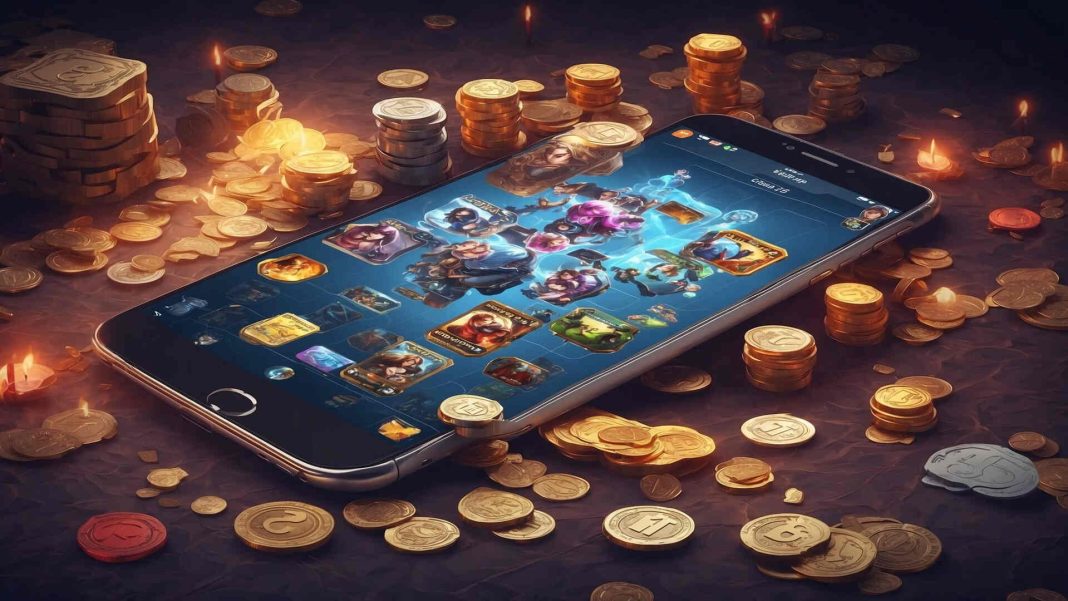Bringing your mobile game to life in Dubai is exciting, but budgeting is key. Let’s dive into the factors that can impact the cost of your project, so you can plan and create the game of your dreams!
Type of Game
1. Simple Games
Examples: Basic puzzles, card games, or simple arcade games.
Cost Range: AED 73,400 to AED 220,200
These games typically have straightforward mechanics and minimal graphics requirements.
2. Mid-Level Games
Examples: Games with more complex mechanics, including social games, multiplayer games, or games with moderate graphics.
Cost Range: AED 220,200 to AED 550,500
This includes games that require more detailed artwork, sound design, and perhaps basic networking for multiplayer experiences.
3. High-End Games
Examples: Games with high-quality graphics, complex mechanics, multiplayer features, and possibly the integration of AR or VR.
Cost Range: AED 550,500 to AED 1,835,000 or more
These are often comparable to console games in terms of quality and engagement and require a team of experienced professionals to develop.
Labor Costs
Employee wages are usually the most significant expense. A small team for a simple mobile game, with just a designer, artist, programmer, and tester, might cost around AED 85,000 (approximately.) a month, assuming they work 8 hours a day. If your game is more complicated, it will take longer and need more people, which means even higher staffing costs.
Asset Production
Game Size: The size and complexity of the game world directly correlate to the amount of content required. For example, open-world RPGs, like GTA 5, Elden Ring, etc., require extensive artwork and assets for characters, environments, backgrounds, NPCs, props, and more.
Graphic Type: The type of graphics employed significantly affects development costs. Let’s take hardcore AAA games. They mostly use 3D graphics, offering a realistic visual experience. To create 3D models, you should apply sophisticated techniques like ray tracing and photogrammetry, which require advanced tools and technology. In contrast, 2D graphics generally cost less to develop, offering a more cost-effective approach.
This translates to increased development time and resources, pushing up the overall cost.
Audio and Sound Effects
If you critically notice, you will see that audio and sound effects give the needed realistic feel to the game. From gunshot sounds to background music, artists are required to produce sounds portraying real-life as well as fantasy situations.
In certain instances, the sound artists get creative and experience real-life situations to capture its essence. So they can produce accurate sound effects. Many casual mobile games purchase already recorded music for their games, while AAA games have their own studios to produce sound effects.
Programming
Mobile game developers use coding languages and scripts like C++, C#, and Javascript to write many lines of code, bringing the game to life. They also ensure that the game elements interact and engage with one another as per the design.
Despite that, programmers also code the game engines upon which the game runs.
Testing
Mobile game testing stands as a critical final step in the development process. This process ensures the game functions flawlessly by identifying and removing bugs and glitches.
To achieve this, mobile game testing utilizes a multifaceted approach, employing various tests, including functional testing, performance testing, compliance testing, compatibility testing, and security testing.
To employ these tests, you require professional software testers and strong tools. Hence, you are required to spend 10 to 15% of your total expenses on this.
Marketing
Marketing is crucial for the success of any game, regardless of its complexity or budget. Experts often recommend allocating 25-30% of the development budget to marketing. Crucially, marketing should be a long-term commitment, especially if you aim for sustained revenue.
Post-launch maintenance
Post-game launch, continuous support, and regular updates are necessary to ensure the game’s successful running for years. These ongoing maintenance costs can range from 15% to 20% of the annual development cost.
Additional Expenses
Localization
Localization plays a crucial role in the game development process that encompasses translation, cultural adaptation, and various technical modifications to align with local preferences and trends. These tasks demand the expertise of seasoned professionals, as any oversight can significantly impact the player’s experience.
Platform Charges
Gaming platforms take a cut of your game’s profits, ranging from 10% to 30%, depending on the platform. Popular gaming platforms like PlayStation and Xbox typically charge 30%.
Some platforms, like Google Play Store, Apple Store, and Steam, also require a one-time registration fee to access their distribution services. These fees are typically minimal compared to the platform’s profit share.
IP and Licensing Costs
The development of mobile games requires securing a comprehensive array of licenses, covering aspects such as copyright, intellectual property rights, console platform access, game engine usage, and music. To steer clear of legal complications, developers are obligated to obtain all requisite licenses before the game’s launch, ensuring compliance and safeguarding against potential infringements.
So far, we have seen making costs and the factors that impact the mobile game budget.
